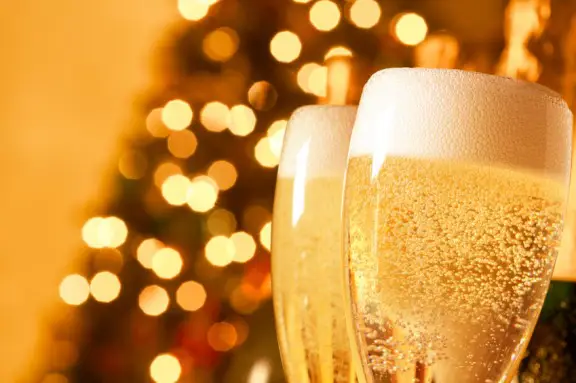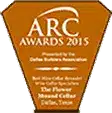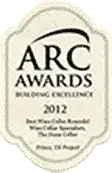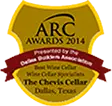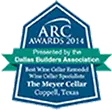In the production of sparkling wine in every major wine-producing country in the world, the most important grape varieties used are Pinot Noir, Chardonnay, and Pinot Meunier. Different methods are also used by different winemakers depending on their preference and the laws of their region. Sparkling wines are mostly pink, white or red. Sparkling wines’ sweetness varies from bottle to bottle and can be categorized as brut, extra brut, extra dry, sec and demi-sec.
It can be paired with a variety of foods including seafood, poultry and some desserts such as fruit salad, tiramisu, and chocolate mousse. It appears fizzy because of the significant levels of carbon dioxide (CO2) in it.
The most popular type of sparkling wine is Champagne which is only produced in the Champagne region of France. The first Champagne was made in the 17th century. It is called spumante in Italy, Sekt in Germany and Austria, cap Classique in South Africa and cava in Spain.
So what makes sparkling wine different from other table wines? It is the bubbles and the process used to make it bubbly. Many people love to drink sparkling wine, but only a few know the mystery behind its bubbles.
In the first stage of making sparkling wine, base or still wine (no bubbles) is produced and blended until the desired taste and aroma have been created. During the second fermentation process in sparkling wine production, the bubbles are generated in either a specially designed tank or in the bottle.
The winemaker adds a small amount of sugar and yeast to the blended base wine, which is converted to carbon dioxide trapping millions of bubbles in a very small space. The carbon dioxide is released in the liquid to produce a “sparkle.”
If CO2 is released too fast, the flavor of the sparkling wine fades quickly. In order to preserve the carbon dioxide in the wine, you should not pour the liquid straight into the center of the wine glass. Instead, you should pour it down the side of a glass which is ideally at an angle of 45 degrees.
Storing sparkling wines requires extra care since they are more sensitive to light than other table wines. They should be stored in a wine cellar, wine refrigerator or any location where the temperature is around 45 degrees Fahrenheit.
This will prevent overly aggressive bubbles. Sparkling wines must be placed on the lowest shelf of the wine racks because they are susceptible to heat and light. Since heat rises, wines requiring the lowest temperature should sit at the lowest temperature. Unlike regular bottles of wine, they can be stored upright so that the carbon dioxide can form a ring at the neck of the bottle, thus protecting the wine from unwanted air.
Since sparkling wines don’t improve with age, they should be consumed within 1 year of purchase. When you are planning a celebration with your family and friends, keep the sparkling wine in a fridge for a day or two.
The serving temperature affects the rate at which bubbles are released. Sparkling wines should be served chilled, with the temperature between 42-52°F to steadily release bubbles.
When creating this special wine, winemakers have different preferences in sparkling wine styles. Some want a more delicate and less flavorful style while others prefer the strong flavors of oak, aged wine or yeast. The 3 key production methods used in the secondary fermentation are a traditional method, transfer method, and Charmat Method.
Next time you have a celebration, you will feel proud because you know why the sparkling wine in your glass is bubbly. Enjoy every tingly bubble in it!

 Dallas
Dallas 
